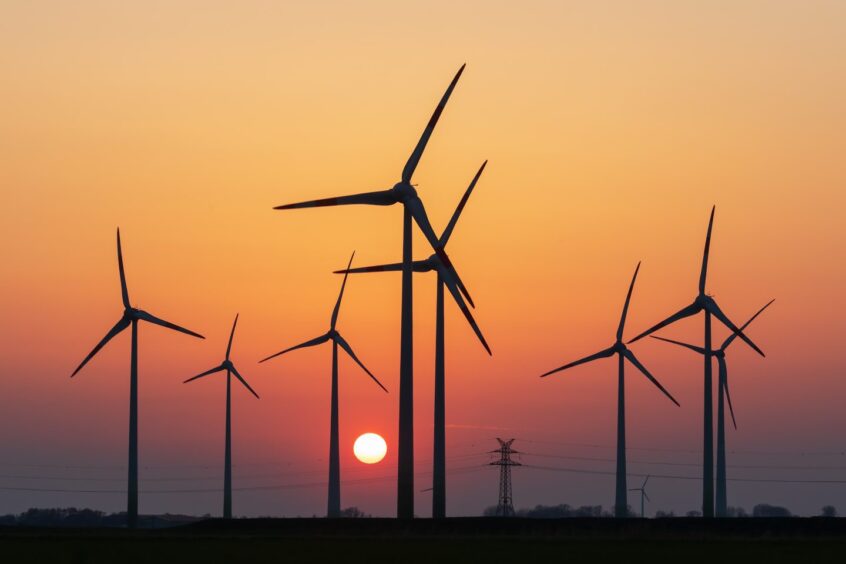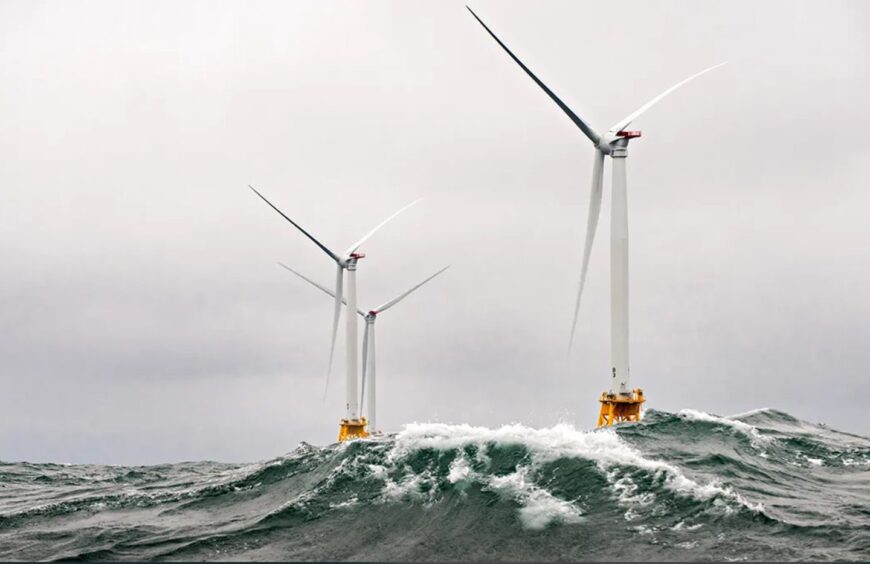
As the UK’s Labour government marks six months in office, it has made clear that wind power is a key component in its sustainability plans.
The industry has been sent a clear signal over its expected role in achieving Labour’s overall target of meeting 95% of the UK’s power requirements by 2030.
However, success in the UK market can only be achieved in a global context where we are seeing close competition for expertise, materials and practical resources.
We will need to see much greater focus on establishing a truly industrialised sector if we are to avoid constraints that could hold back offshore wind’s true potential.
The UK opportunity
To set the scene, it’s clear the UK is already in a very good position as the second largest offshore wind market in the world.
In 2023, offshore wind generated 17% of the UK’s electricity – a remarkable statistic that is indicative of how integral the sector has become to the country.
Government support has been firmed-up under Labour, with a louder drumbeat of commentary and announcements from secretary of state for energy security and net zero Ed Miliband, promoting offshore as well as onshore development.
The announcement that Miliband will co-chair the Offshore Wind Industry Council, rather than delegating to a more junior minister as has been the norm, was also welcomed as a sign of support.
In September, the latest UK Contracts for Difference (CfD) auction for new offshore wind capacity saw 5.3GW awarded in a record-breaking funding round.
This has helped calm nervousness that followed the previous round, which made headlines for failing to attract any bidders.
Understanding the global context
So far, so good. However, competition is growing.
Global commissioned capacity of offshore wind has increased from 3GW in 2010 to approximately 66GW in 2023, while the World Economic Forum predicts that offshore wind will be a $1 trillion industry by 2040.
Increasingly, we’re seeing supply chain bottlenecks severely disrupt the delivery of wind farms across the world.
The reliance on the specialist pool of materials and equipment required to construct these sites is difficult to manage, especially as they are in high demand in areas like oil and gas that can be more profitable in the short-term.
Skills capacity is another aspect that is particularly stretched.
Aegir Insights show that, in 2022, 74% of teams have less than one project experience and this figure is expected to rise to 77-79% by 2028.
This is an untenable position if we want our sector to match its enormous potential.
Embracing the strategies to encourage investment
In building capacity, we need to take into account that the industry is still subject to potential political pressure, and short-term changes of course.
There has inevitably been speculation over how a new administration in the US under President Trump could affect investment plans.
While we should be alive to change, it would be foolish to rely on the potential to ‘borrow’ capacity from other markets, and the overall goal needs to remain on building a robust, industrialised, supply chain.
This should be a key concern for the UK government. It will be important for the sector to see a clear pipeline of investment from Labour through regular leasing rounds when it comes to offshore wind.
This, combined with the establishment of a long-term policy framework, will greatly encourage investors.
However, the sector will also need to demonstrate its own capability to warrant this investment.
Supporting skills development is an obvious starting point. We need to develop well-defined career pathways and a clear programme for training professionals to provide them with the necessary skills.
This will also involve recruiting global expertise from other construction specialisms that have easily-transferable competencies that are suited to offshore wind.
While supply chains are particularly unstable at the moment, there will always be issues when dealing with the complexity of offshore wind farms.
Therefore, clients should be addressing these challenges by embracing sustainable procurement methods – building strong relations with suppliers to reduce costs and risk.
The opportunity is there for the UK to adapt its approach and continue on its path to become the world leader in offshore wind power.
However, doing so will require the industry to deploy new strategies and build capacity by taking a global view.
A robust skills base, supporting consistent delivery, will give investors the confidence the industry needs to scale up – and to ensure offshore fulfils its vital share in clean energy generation.
Recommended for you

 © Supplied by Turner & Townsend JU
© Supplied by Turner & Townsend JU © Supplied by -
© Supplied by -